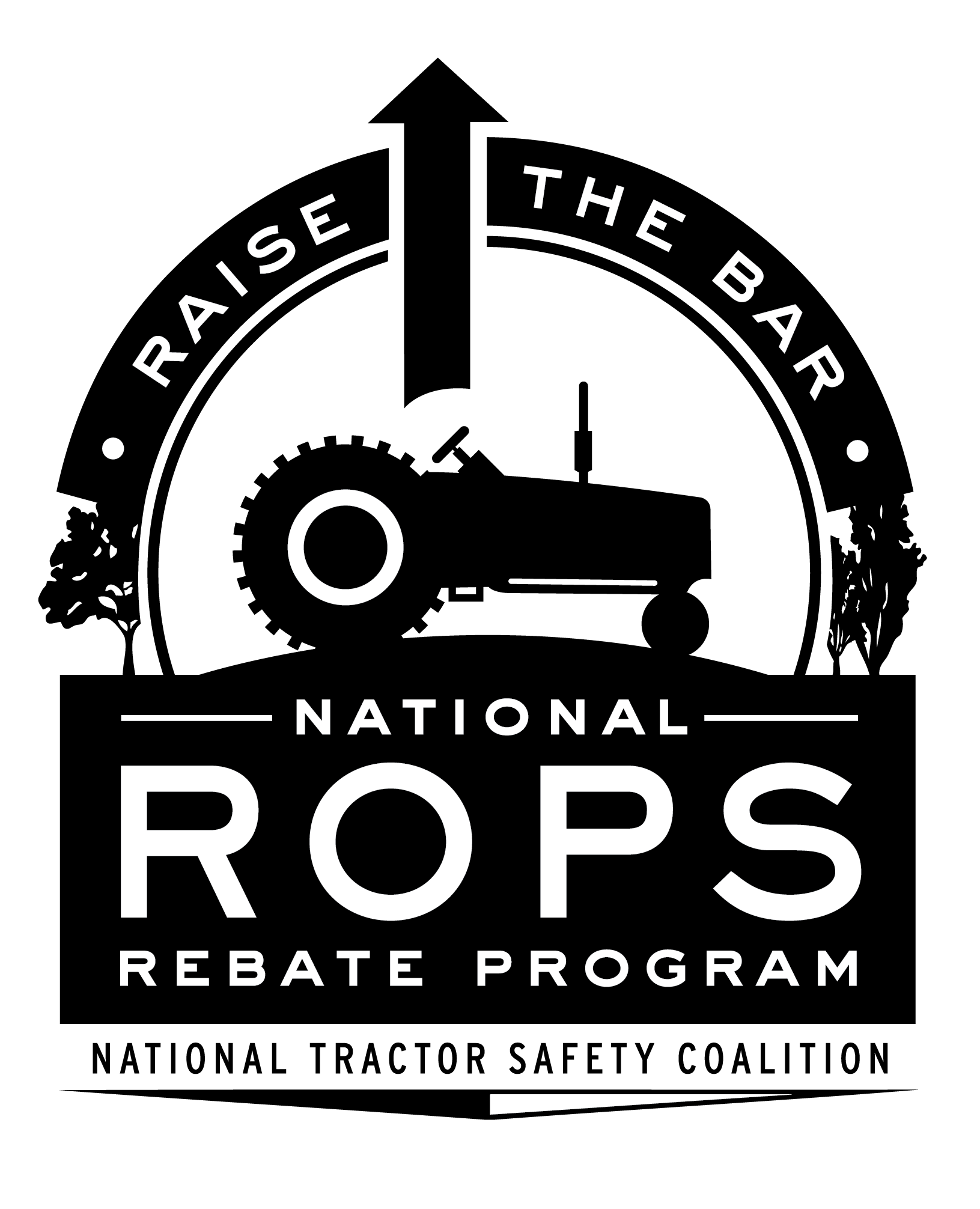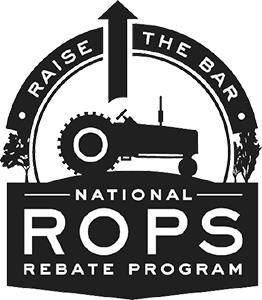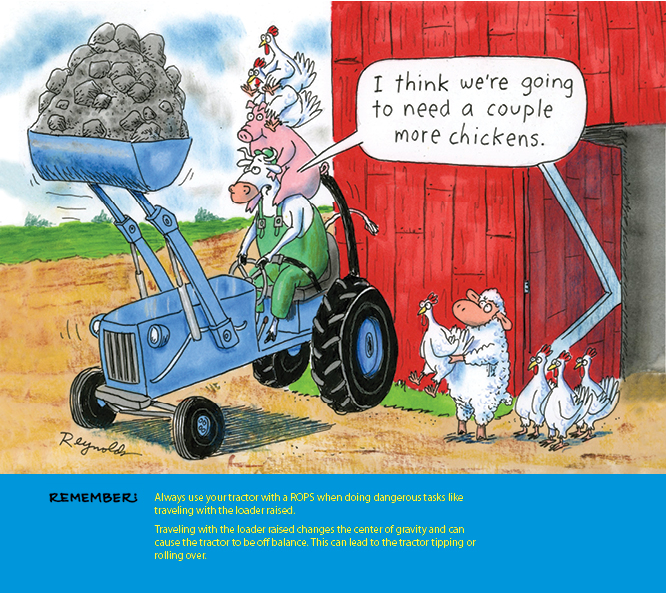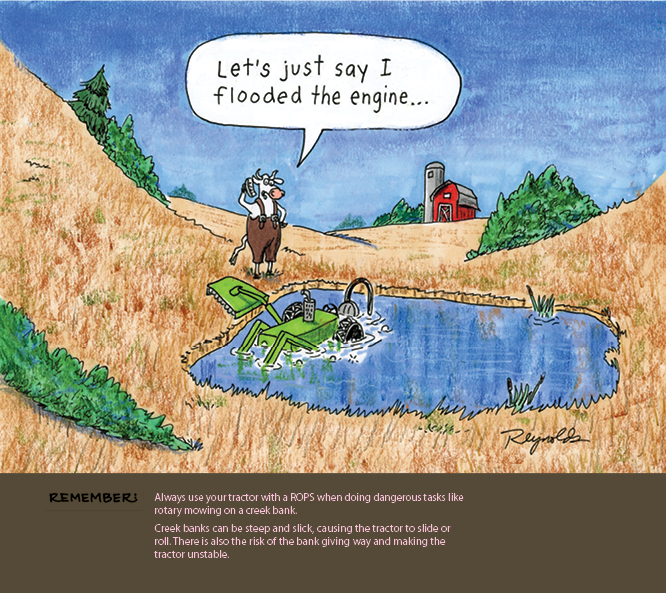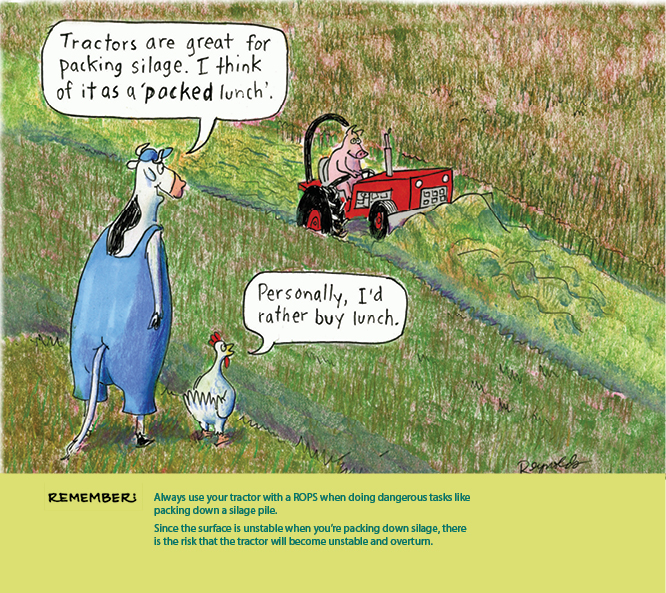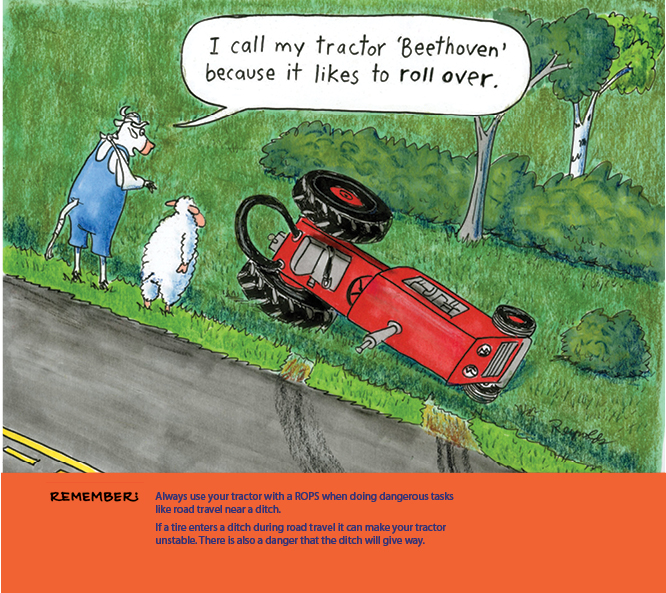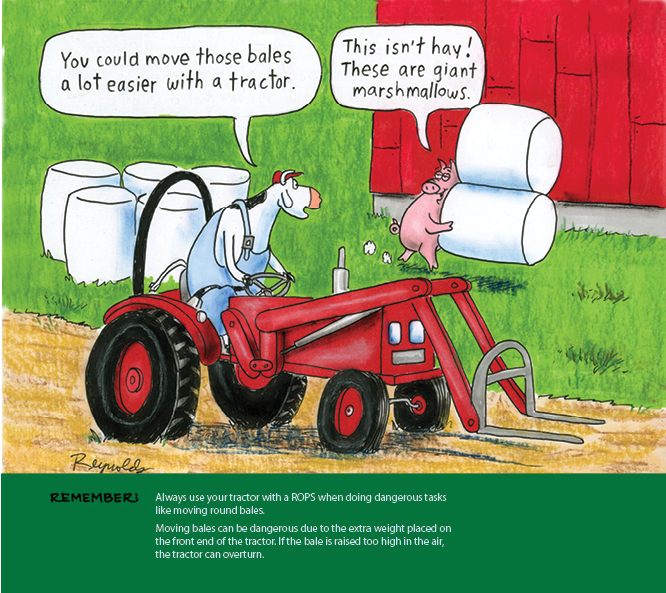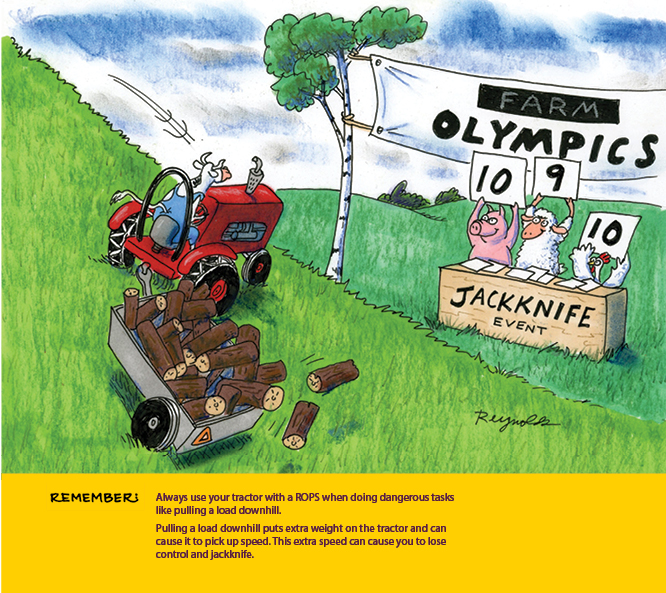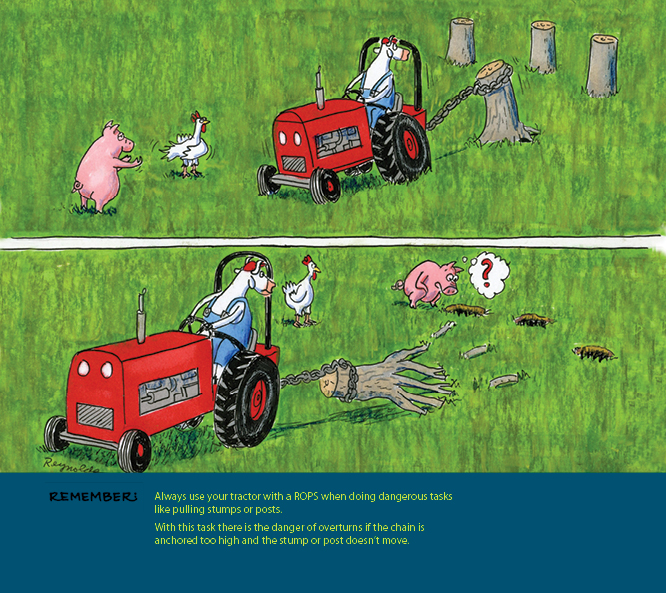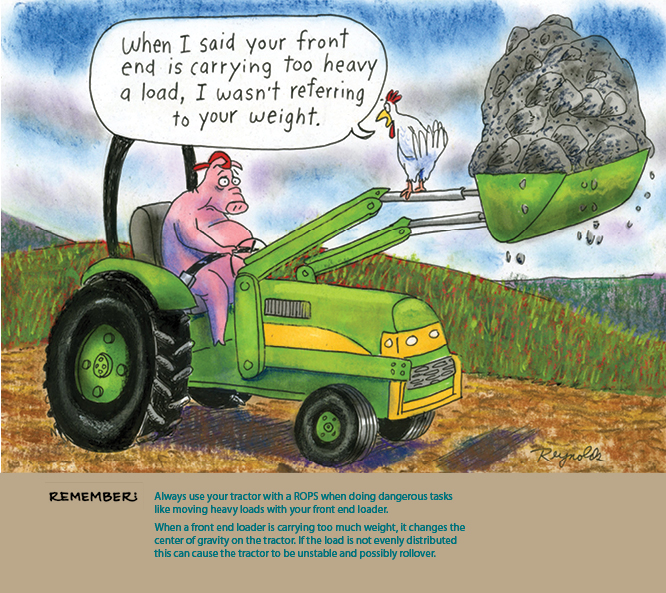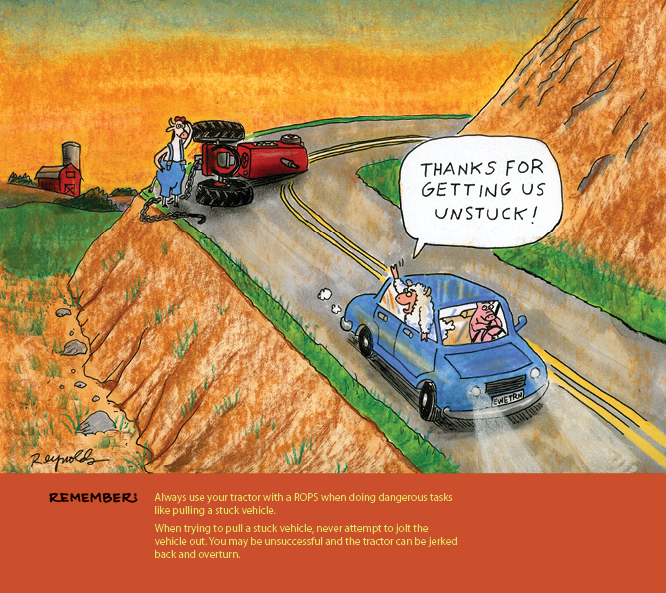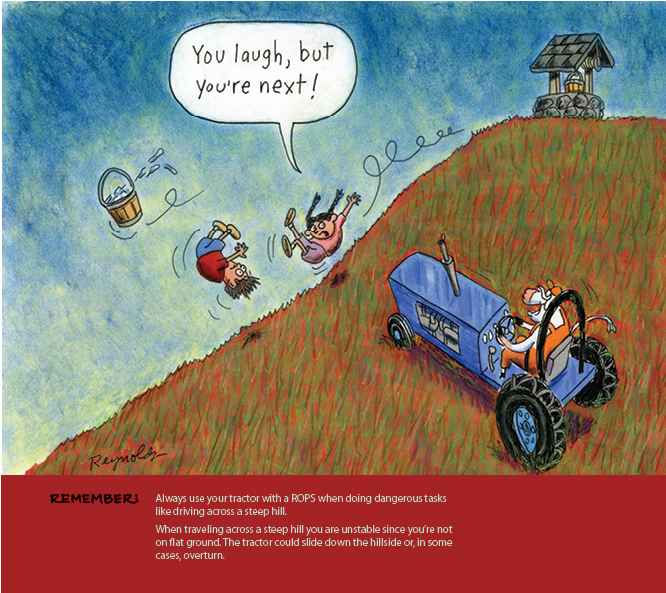Before the National ROPS Rebate Program, our team embarked on a research effort to understand why so many farmers continued to die from or be injured in tractor rollovers, despite the availability of rollover protective structures (ROPS), also known as rollbars.
The National ROPS Rebate Program has been developed through years of collaboration with farmers, researchers, industry groups and stakeholders.

OUR RESEARCH
The Problem
Risk and Protective Factors
Surveys with more than 560 farmers revealed that most were simply not motivated to retrofit their non-ROPS tractors with rollbars, despite 88% of these same farmers agreeing that ROPS are important to have. These surveys, along with in-depth interviews with 23 farmers, revealed a few key reasons for this apparent inconsistency:
In its first ten years, the ROPS Rebate Program saved more than
$4
million
as a result of averted injuries and fatalities in New York Sate alone.
1.
Risk is seen as a normal part of the farming identity. Farmers expressed that they constantly face risks while at work, and that over time, these risks become normalized, particularly when those risks don’t often lead to injuries.
“[We] don’t even think about it [risk]. We’ve always gotten away with it and nobody ever got hurt, so why should we change now?” – NY Farmer
2.
It’s cost-effective to take risks. The time and money needed to make safety improvements could be better used for other farm tasks or production focused upgrades.
“Most farmers are going to sacrifice safety and purchase something that will get the job done as best as they think it can get done. They’ll do it [tasks] themselves with very little regard to how safe it is. They will just get a job done as economically as they can.” – NY Farmer
Despite these findings, farmers in this study also suggested a number of scenarios that would motivate them to install ROPS on their tractors, including using the tractor for dangerous tasks, protecting family members and workers, or personally knowing someone who died in a tractor overturn.
Building Evidence Moving Toward Widespread Adoption
Since this Program was first established in New York at the end of 2006, our research team has worked hard to document its successes and build evidence supporting its expansion into other states. A few key successes include:
“a model for implementation research in public health.”
OUR HISTORY
Our journey to eliminate tractor overturn deaths and injuries has involved the input and dedication from many farmers and partners. This timeline highlights these key steps along the way.

OUR IN-HOUSE EXPERTISE

Julie Sorensen, PhD
Expertise: Social Marketing, Behavior Change, Media Advocacy, Qualitative and Mixed Methods Research
ORCID: https://orcid.org/0000-0002-8787-3837
Email: julie.sorensen@bassett.org

Pam Milkovich, PhD
Expertise: Dissemination and Implementation Science, Evaluation, Media Advocacy, Qualitative and Mixed Methods Research
ORCID: https://orcid.org/0000-0002-7232-9417
Email: pam.milkovich@bassett.org
ROPS CARTOONS
Farmers asked us to inject a little humor in our reminders to use tractors responsibly and we listened. Enjoy these tractor ‘best-practice’ materials for encouraging safe tractor operation for operators of any age.
